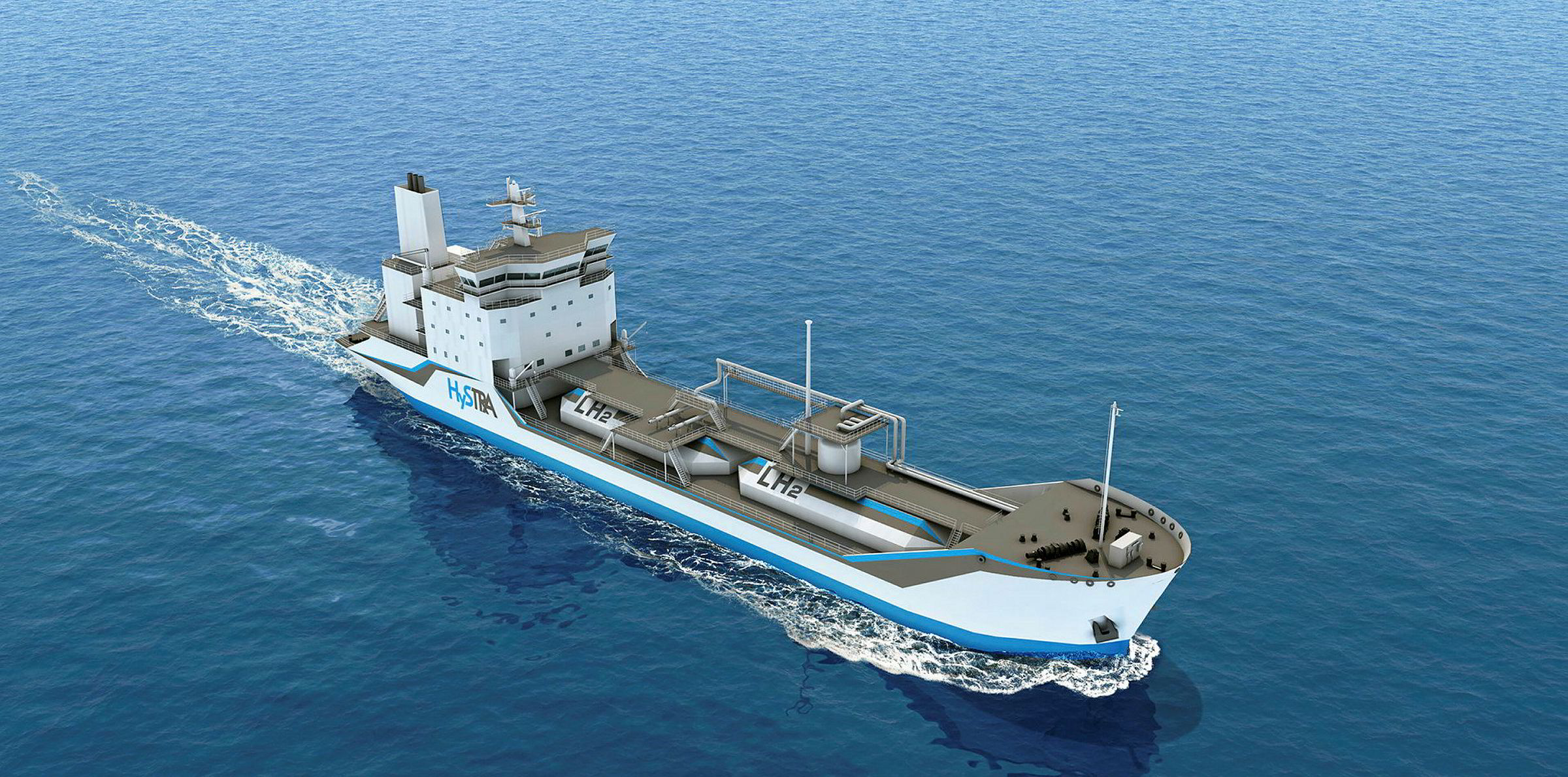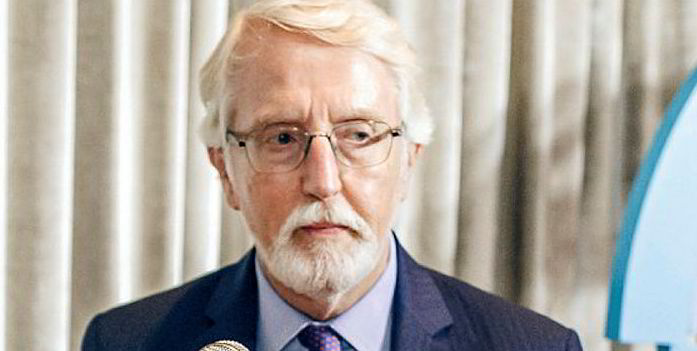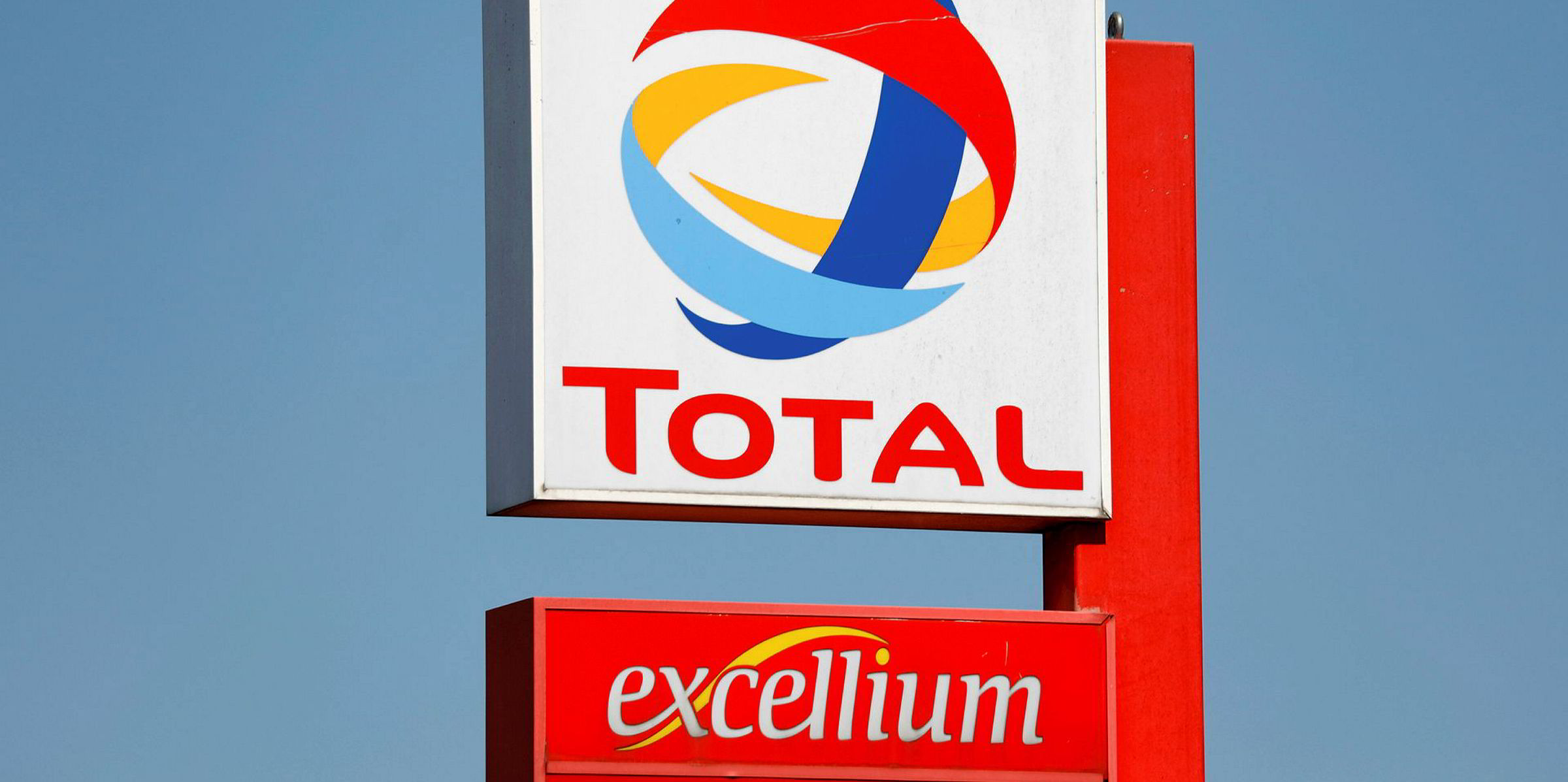Japan has listed hydrogen, ammonia and “green methane” as future marine fuels that can help the shipping industry achieve the IMO’s decarbonisation target for 2050.
The world’s second-largest shipowning nation believes the synthetic fuels — when produced from renewable energy — can play major roles in emission-free shipping, according to Shin Imai, the head of Japanese delegation to the IMO.
The United Nations body has aimed to reduce greenhouse gas emissions from international shipping by at least 50% by mid-century from a 2008 baseline before completely phasing out emissions.
Imai, who is also the director of international negotiations office for Japan’s Ministry of Land, Infrastructure, Transport and Tourism (MLIT), said LNG would be an essential interim fuel before the synthetic fuels’ supply chains can be developed.
“We are currently promoting LNG-fuelled ships. We can expect such kind of LNG-fuelled ships to be ‘zero-emission’ if green methane is supplied in the future,” Imai told a webinar on Wednesday.
Green methane is synthetic fuel produced from captured CO2 via artificial photosynthesis. As its chemical property is identical to LNG's, this fuel can be dropped into existing LNG-fuelled ships and LNG bunkering infrastructure.
In one of the MLIT’s two decarbonisation scenarios, green methane will account for 39% of the global bunker mix in 2050, LNG account for 35%, hydrogen and ammonia for 10% while wind propulsion, battery and oil-based fuels make up the rest.
However, Imai admitted that the supply of green methane is far from certain.
“We have a different pathway…We also support hydrogen and ammonia, because we think the supply will start in time,” Imai said.
Last December, Kawasaki Heavy Industries launched and named the world's first liquefied hydrogen carrier, whose construction is due to be fully completed in late 2020.
Imabari Shipbuilding — Japan’s largest shipbuilder — in early May announced its plan to jointly develop and market an emission-free, ammonia-fuelled ship with Mitsui E&S Machinery, Itochu Enex, Itochu Corp, MAN Energy Solutions and ClassNK.
In the MLIT’s second decarbonisation scenario, hydrogen and ammonia will make up 44% of the bunker mix in 2050, with LNG at 36% and green methane at 7%.
According to the ministry, hydrogen and ammonia both have technical issues that need to be addressed, so it remains difficult to prioritise one of them over the other.





